The Future of Digital Marketing Strategy Consulting: AI, Automation, and Data-Driven Success
The Impact of AI on Digital Marketing Strategy Consulting Digital marketing is evolving at a rapid pace, with technological advancements shaping the industry. with technological advancements shaping the industry. Businesses are continually seeking ways to enhance their marketing strategies by leveraging data-driven insights and automation. Artificial intelligence has emerged as a transformative force that is redefining how Digital Marketing Strategy Consulting operates. The integration of AI in this field has introduced new possibilities for targeting customers, optimizing campaigns, and personalizing user experiences. As businesses become increasingly data-centric, AI is becoming an essential tool for consultants who provide digital marketing solutions. The ability to analyze vast amounts of data and predict consumer behavior is reshaping the way marketing strategies are developed and implemented. The Role of Automation in Digital Marketing Strategy Consulting Data Driven Decision-Making in Digital Marketing Strategy Consulting Data-driven decision-making is now at the core of digital marketing success. The reliance on big data has transformed how businesses approach their marketing efforts by providing actionable insights into consumer behavior. Companies that leverage data analytics can make informed decisions about their campaigns, ensuring higher engagement and conversion rates. Consultants specializing in digital marketing strategy are now utilizing AI-powered analytics tools to assess the effectiveness of marketing campaigns and optimize them in real time. The ability to harness vast amounts of data enables businesses to create highly targeted and personalized content that resonates with their audience. This shift toward data-driven strategies is helping businesses achieve measurable results and improve return on investment. The role of AI in consumer behavior analysis is becoming more prominent in digital marketing. AI-powered tools can analyze vast datasets to identify patterns and trends that would be impossible to detect manually. These insights allow businesses to understand their customers on a deeper level and tailor their marketing efforts accordingly. AI can predict purchasing behavior based on past interactions, browsing history, and demographic information. This predictive capability allows marketers to deliver personalized content that enhances customer engagement and drives conversions. Businesses that integrate AI into their digital marketing strategies are gaining a competitive advantage by offering highly relevant and timely marketing messages to their audiences. Automation is transforming the execution of marketing strategies by eliminating repetitive tasks and improving efficiency. Businesses are now utilizing automated systems to manage customer relationships, generate leads, and optimize advertising efforts. Email marketing campaigns, social media management, and content distribution are all benefiting from automation. This advancement allows companies to focus on strategic decision-making while automation handles the operational aspects of marketing. The ability to track and analyze campaign performance in real time is providing businesses with valuable insights that help refine their marketing strategies. Consultants specializing in digital marketing strategy are increasingly recommending automation as a critical component of modern marketing efforts. Data analytics is playing a crucial role in shaping the future of digital marketing. Businesses that leverage data-driven insights are better positioned to understand their customers and make informed marketing decisions. AI-powered analytics tools are enabling companies to assess campaign performance and adjust strategies accordingly. The ability to process and analyze large volumes of data provides businesses with a deeper understanding of customer preferences and behaviors. This knowledge allows for the creation of targeted marketing campaigns that yield higher engagement and conversion rates. Companies that adopt a data-driven approach to Digital Marketing Strategy Consulting are gaining a competitive edge in the marketplace. AI-powered chatbots are revolutionizing customer interactions and engagement. These intelligent chatbots can handle customer inquiries, provide personalized recommendations, and even process transactions. Businesses are increasingly integrating chatbots into their digital marketing strategies to enhance customer experiences and streamline support services. AI-driven chatbots can analyze user data to provide tailored responses that address customer needs effectively. This level of personalization is helping businesses build stronger relationships with their customers and improve satisfaction rates. Consultants in the digital marketing space are advocating for the adoption of AI-powered chatbots to enhance customer engagement and drive business growth. Automation is optimizing content marketing efforts by enabling businesses to create and distribute content more efficiently. Automated content generation tools are helping companies produce high-quality blog posts, social media updates, and email newsletters at scale. These tools use AI-driven algorithms to generate content based on user preferences and industry trends. Businesses that incorporate automation into their content marketing strategies are able to maintain a consistent online presence and engage their audiences effectively. The ability to track content performance in real time allows marketers to refine their strategies and ensure maximum impact. Digital marketing consultants are emphasizing the importance of automation in content marketing to improve efficiency and reach wider audiences. Data-driven advertising is becoming increasingly sophisticated with the integration of AI. Businesses are now using AI-powered advertising platforms to optimize their ad placements and maximize returns on investment. These platforms analyze consumer behavior and preferences to deliver targeted ads that resonate with specific audiences. AI-driven advertising enables businesses to create highly personalized advertising experiences that drive engagement and conversions. The ability to adjust ad strategies in real time based on performance metrics is providing companies with a competitive advantage. Consultants specializing in digital marketing strategy are leveraging AI-powered advertising solutions to help businesses achieve their marketing goals more effectively. Embracing AI, Automation and Data-Driven Strategies












